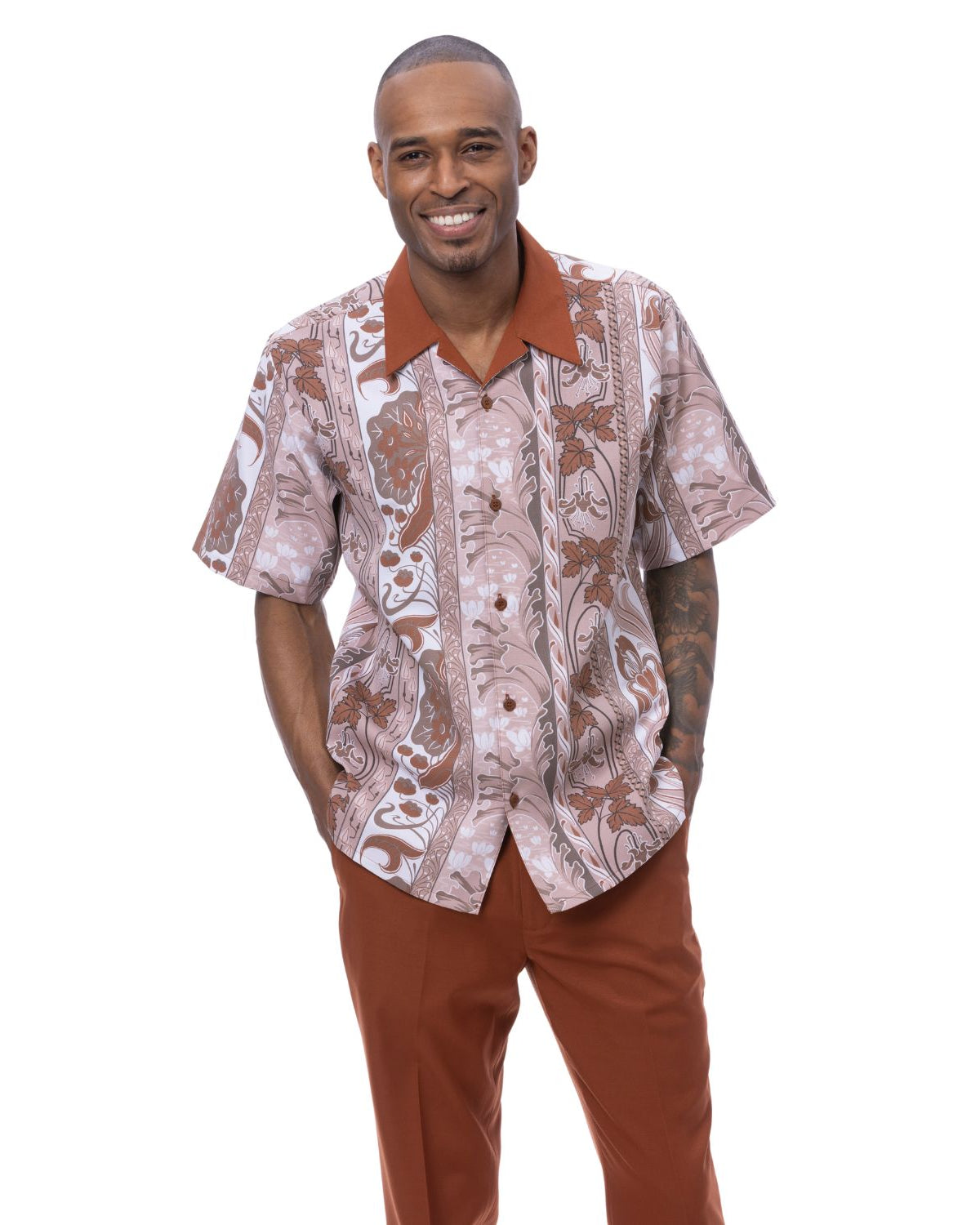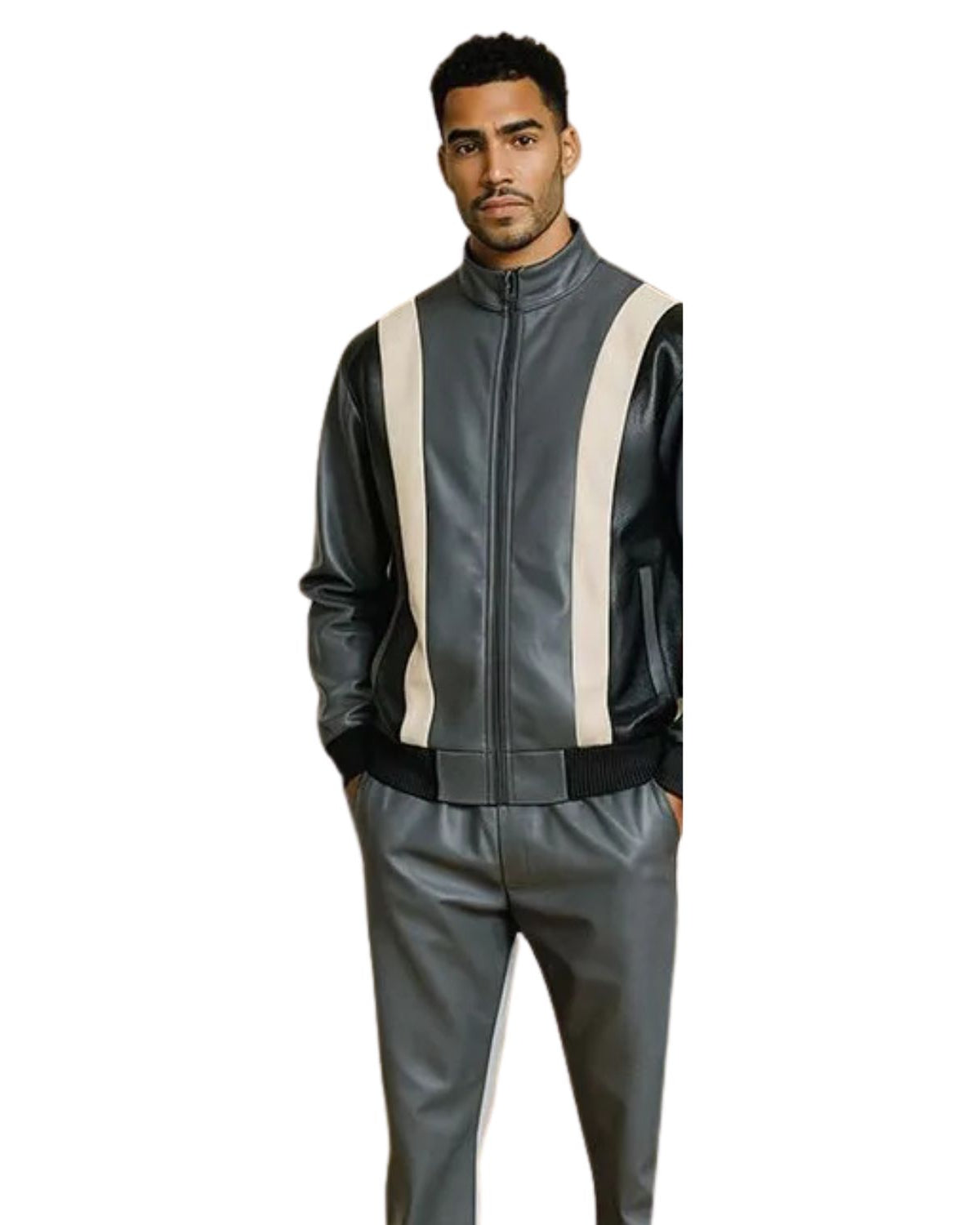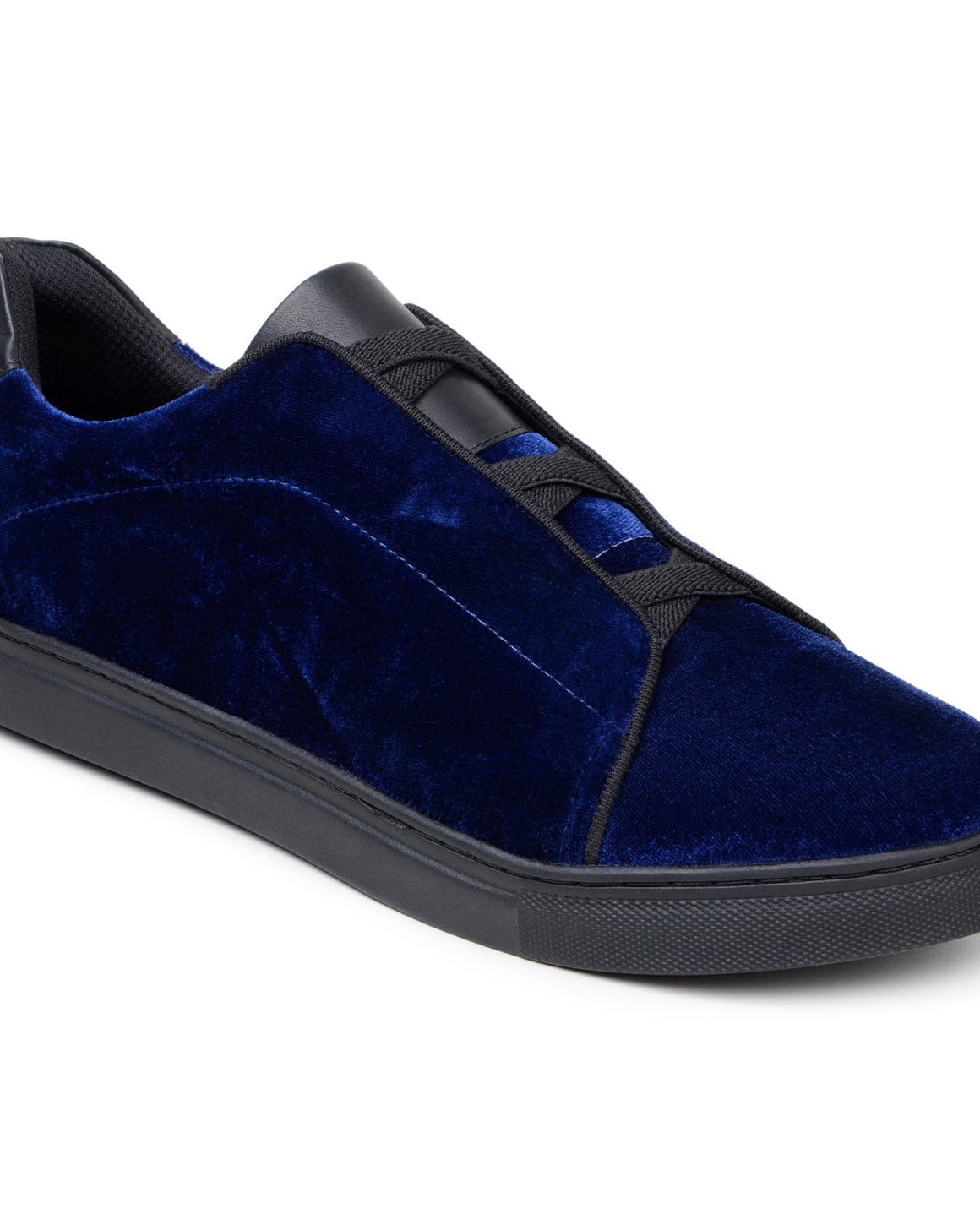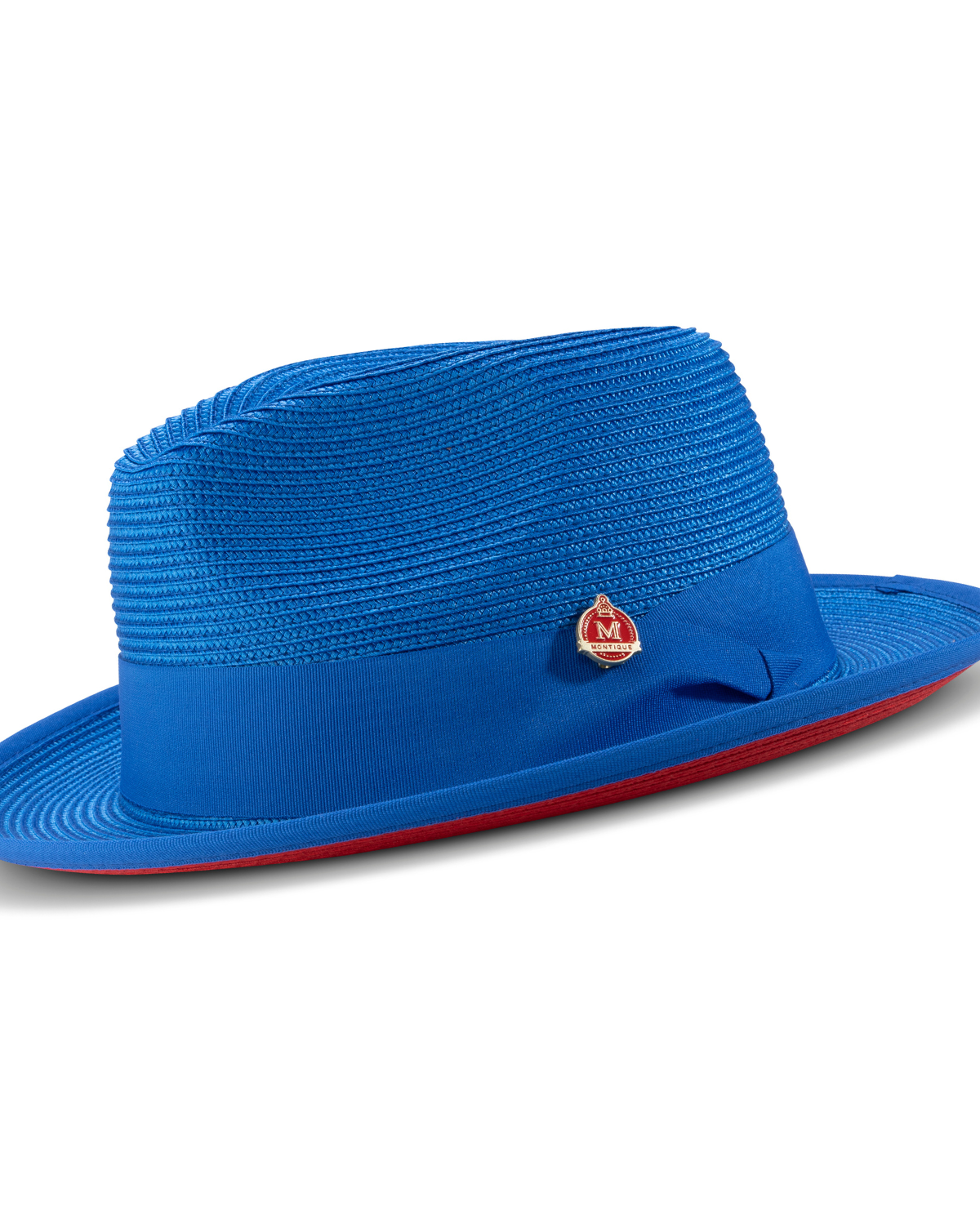Imagine slipping into your new shoes and floating on air, no pinches, no scrapes, just pure, unadulterated comfort. Sounds like a dream? Well, it's entirely possible. Breaking in new shoes shouldn't be a trial by fire for your feet. Instead, it can be a gentle, pain-free process that marries the new shoe's potential with the unique contours of your feet, ensuring a perfect partnership of comfort and style. It's about understanding the break-in process and treating your shoes and feet with a bit of tender loving care.
Understanding Your New Shoes
Different strokes for different folks—or in this case, different approaches for different shoes. The material of your shoe dictates the path you'll take to break them in. Leather, with its durable yet pliable nature, may require a different method than, say, canvas or synthetic materials. Each material speaks its own language of comfort and requires a tailored approach to break in.
The types of shoes also play a pivotal role. The rigid structure of dress shoes contrasts with the more forgiving nature of sneakers or casual loafers. Recognizing where your new shoes might press, pinch, or rub is crucial. Identifying these pressure points early on can guide you in customizing your break-in strategy, ensuring that each step is closer to ultimate comfort.
Gradual Wearing Technique
Patience is a virtue, especially when it comes to new shoes. The gradual wearing technique is about introducing your shoes to your feet and vice versa, slowly and steadily. Start with wearing your new shoes around the house for short periods. This controlled environment allows you to monitor the fit and feel, making adjustments as needed without committing to a full day's wear.
Incrementally increasing the wear time allows the shoes to mold to the contours of your feet gradually. This method not only minimizes the risk of blisters or discomfort but also helps maintain the integrity of the shoe. It's a nurturing process, allowing the shoe to expand and flex naturally, conforming to your unique foot shape and stride.
By adopting a gradual approach, you're not just breaking in your shoes; you're setting the stage for a comfortable and enduring partnership with your new favorite pair. It's about respecting the material, the design, and most importantly, your comfort.
Heat and Cold Methods – Shaping Comfort
In the quest for the perfect fit, temperature plays a surprisingly pivotal role. Just as the elements can shape the natural world, heat and cold can sculpt the fit of your new shoes, offering a path to personalized comfort.
Heat Stretching: Gentle warmth can make materials more pliable, easing the break-in process. Using a hairdryer on a low setting, you can carefully warm the tighter areas of your shoes. As the material softens, wear the shoes around the house to encourage them to mold to your feet. It's like custom tailoring at a molecular level, but remember, moderation is key—too much heat can damage the shoe.
Cold Expansion: On the flip side, cold can also be a friend to your footwear. The trick? Fill sealable bags with water, place them in your shoes, and then put them in the freezer. As the water freezes and expands, so too will your shoes, gently stretching them. It's a method that requires patience and a careful eye to avoid overstretching or damaging the shoe material.
Protecting Your Feet – The First Line of Defense
While you're breaking in your shoes, don't forget about safeguarding your feet. After all, they're the ones doing the hard yards.
Protective Gear: Socks, especially thicker ones, can provide an extra layer of protection and cushioning. In areas prone to blisters, consider adhesive bandages or moleskin as a preventive measure. These barriers can reduce friction and ward off those pesky blisters that often accompany new shoes.
Foot Care: Remember, breaking in shoes is not just about the footwear but also about acclimating your feet to the new environment. Keep an eye on any signs of discomfort or stress on your feet, and respond with appropriate care and adjustments to your break-in strategy.
Seeking Professional Aid – Expert Touch
Sometimes, despite our best efforts, a shoe refuses to conform to our will—or more accurately, our foot. That's when it's time to call in the cavalry.
Professional Assistance: If a particular pair remains stubbornly uncomfortable, consider seeking out a professional shoe fitter or cobbler. These experts can offer targeted stretching, adjustments, or even custom inserts that tailor the shoe to your foot's specifications.
The Benefits of Expertise: Professional shoe stretchers have tools and techniques at their disposal that go beyond the reach of at-home methods. They can ensure the shoe expands in the right places without compromising its structure or integrity, providing a level of customization that truly makes the shoe yours.
Stepping Forward in Comfort
In the dance of breaking in new shoes, both patience and attention are key. Whether you're employing temperature tactics, safeguarding your feet, or turning to professional expertise, the goal is a pair of shoes that feels like a natural extension of you.
The journey to breaking in new shoes is as much about caring for your feet as it is about adjusting the footwear. Be attentive to your feet's feedback, and respond with care and adjustments. After all, a well-fitted, comfortable shoe can elevate your day, your posture, and your confidence.
We invite you to continue exploring ways to enhance your style and comfort with your footwear. For more tips, insights, and a selection of quality shoes that blend style with comfort, visit us at Suits & More. Your next step in style awaits, and we're here to ensure it's a comfortable and confident one.
Read More







